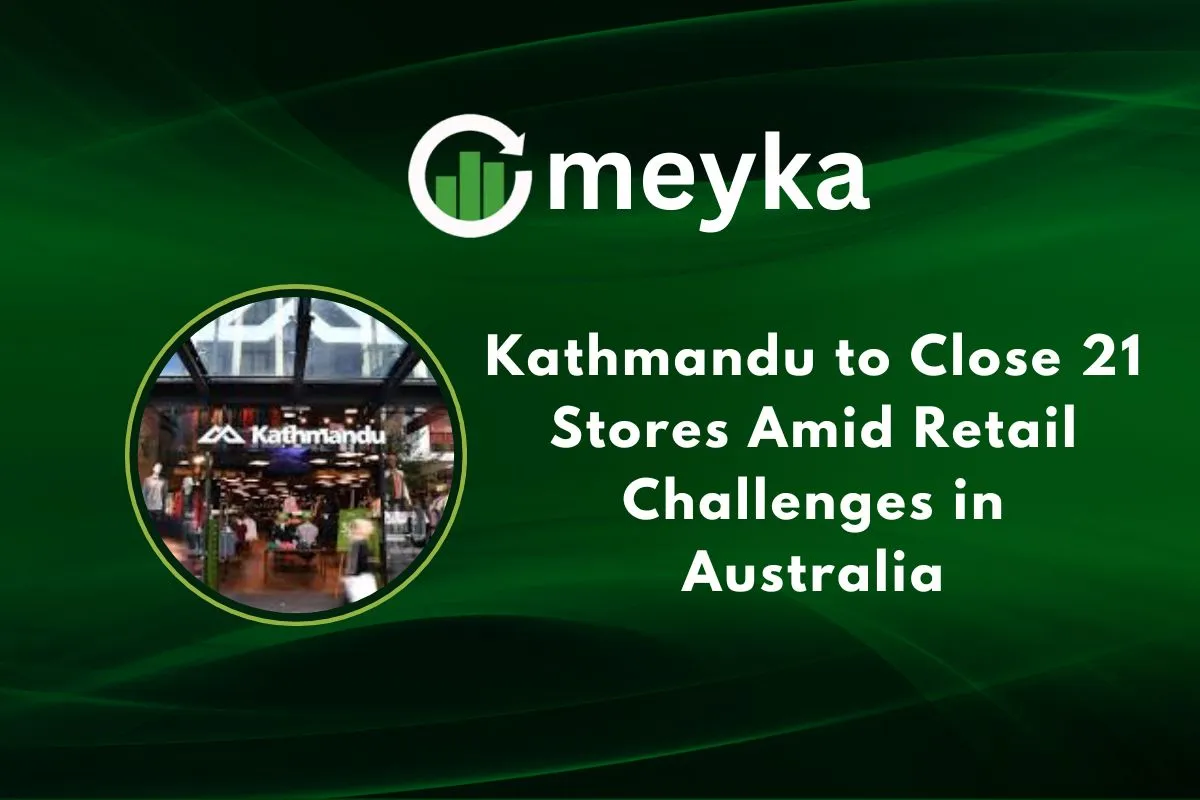Kathmandu to Close 21 Stores Amid Retail Challenges in Australia
Kathmandu, the well-known outdoor and lifestyle retailer, is set to close 21 of its stores in Australia. The decision comes at a time when many retailers are struggling with rising costs and changing shopping habits. For years, Kathmandu has been a go-to brand for people who love travel, hiking, and adventure gear. But like many others in the industry, it now faces tough choices to stay competitive.
We see this move as more than just a business headline. It reflects the bigger story of how retail in Australia is shifting. Shoppers are moving online, expenses are climbing, and consumer confidence is weaker than before. By shutting down these stores, Kathmandu hopes to cut costs and refocus on areas that still promise growth.
This development raises questions: What does it mean for workers, customers, and the retail landscape? And how will Kathmandu reshape its future in a market that is changing faster than ever?
Kathmandu’s Retail Footprint in Australia
Kathmandu operates under KMD Brands, a New Zealand-based group that also owns Rip Curl and the American outdoor footwear brand Oboz. It has been a key player in outdoor gear and travel apparel since its founding in 1987. In Australia alone, the brand had a wide network of stores, hundreds, serving cities and regional areas alike. These stores were vital in connecting with customers and showcasing the brand experience.
The Store Closures: What We Know
The plan involves shutting down 21 locations within Kathmandu’s store network. This was revealed during KMD Brands’ latest strategy rollout, called Next Level, which aims to transform how the company operates.
This change wasn’t made lightly. It’s part of a broader effort to cut costs, refresh store designs, and bolster the online shopping experience. The company expects to save at least $25 million through these moves.
Key Factors Driving the Decision
Economic Pressures
Consumers are feeling the squeeze. Chairman David Kirk explained that in tough times, people prioritize essentials like food, while items such as jackets or raincoats are seen as optional purchases. KMD revealed that by May 2025, overall sales across its brands had declined by 0.5%.
Consumer Trends
Shoppers are turning to online marketplaces. Discretionary spending, on items like hiking gear, is down. A tight economy makes even loyal customers hesitate.
Competition
Brands like Temu and Shein are challenging traditional players with low prices and easy access. Even established retailers face pressure to compete or lose ground.
Post-Pandemic Shifts
The retail landscape changed after COVID. People now expect smooth digital experiences. Some stores simply can’t survive without it.
Financial Health and Performance
KMD Brands had a tough 2025. In the first half, losses jumped from NZ$9.7 million to NZ$20.7 million, even though overall sales rose slightly to NZ$470.9 million. The fall hit Kathmandu harder, sales dipped, but heavy discounting squeezed profit margins even more.
As a result, shares dropped more than 50% over the past year, trading at just 22 cents. The company took steps like organizational restructuring and executive changes to regain stability.
Industry-Wide Retail Challenges in Australia
It’s not just Kathmandu. A wave of retail brands is struggling or closing stores.
- Mosaic Brands, owner of fashion labels like Rivers and Katies, shut over 650 stores and went into administration.
- Jeanswest closed around 90 stores and entered administration due to weak consumer spending.
These closures mirror broader shifts: rising costs, fewer shoppers in malls, and tough competition from fast-fashion and e-commerce.
Implications of Store Closures
We can already see the impact:
- Job Losses: Staff at the 21 affected stores may lose their jobs.
- Local Impact: Shuttered stores affect foot traffic and regional shopping hubs.
- Customer Access: Fewer stores mean less chance for shoppers to try gear in person.
- Brand Strategy: Kathmandu will focus more on stand-out flagship stores, digital channels, and data-led decisions.
What’s Next for Kathmandu?
The company is planting seeds for the future:
- Launching three modern concept stores in Australia and New Zealand before the Christmas period.
- Setting up product innovation hubs at Rip Curl’s main office to boost creativity and development.
- Investing in digital platforms, analytics, and e-commerce tools to become more agile and customer-focused.
- This “Next Level” strategy aims to grow margins, boost brand value, and become self-reliant for future funding.
Conclusion
We’re seeing an essential pivot from Kathmandu. Closing 21 stores isn’t just a cut; it’s a bold new chapter. It highlights how retail must adapt to survive in today’s world. With fresh store concepts, smarter digital tools, and product innovation, Kathmandu aims to emerge more resilient and relevant. How this plays out remains to be seen. But one thing is clear: in today’s market, change isn’t optional, it’s necessary.
FAQS:
Kathmandu runs more than 170 stores across Australia and New Zealand. It also sells online worldwide. The brand is well known for outdoor clothing and gear.
No, Kathmandu is not an Australian company. It began in New Zealand in 1987. It now operates under KMD Brands, the parent company that also manages Rip Curl and Oboz.
Kathmandu is an outdoor and travel gear store. It sells jackets, tents, backpacks, and camping items. The brand focuses on sustainable products made for adventure and exploration.
Disclaimer:
This content is for informational purposes only and is not financial advice. Always conduct your research.






